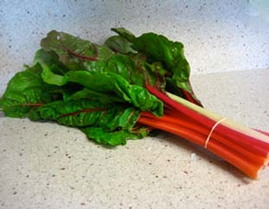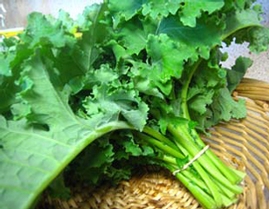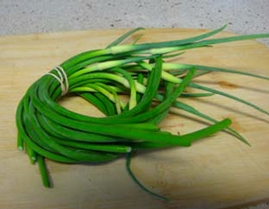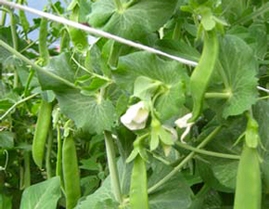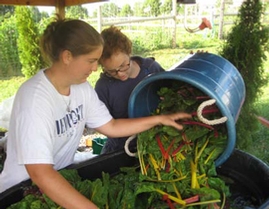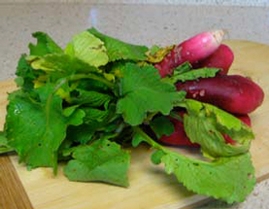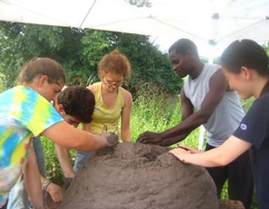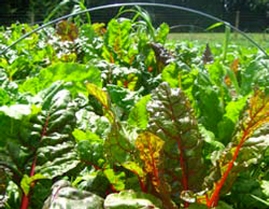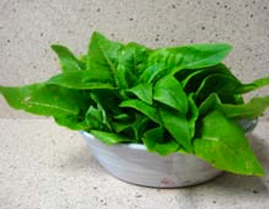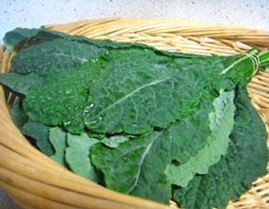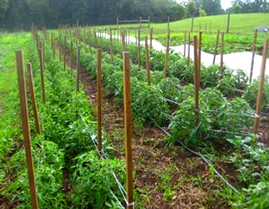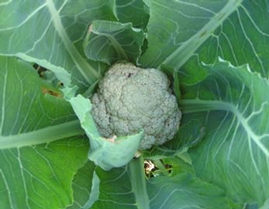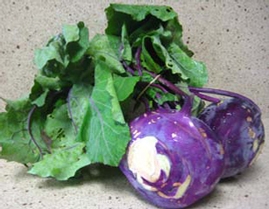Bed Prep
-
To make beds, mark off the 4ft beds and 1ft paths along both edges of the quadrant using red stakes, measuring from east to west (downhill to uphill). Be sure to account for the 5ft main paths running around the perimeter of the garden.
-
In order to make the beds and paths straight, stretch a measuring tape from one end of the quadrant to the other where a path will be. Walk along this, using a hoe if necessary, and stomp down the 1ft wide paths. The beds and paths are now differentiated, and the beds are ready to be prepared for planting.
-
Pull large weeds and grasses by hand, trying to get as much of the roots as possible. Discard the weeds in the compost.
-
Turn over the soil in the bed with a shovel in order to loosen it and remove any weeds that could not be pulled by hand.
-
Using a hoe, break up the large clods of soil left by the shovel.
-
Rake out the bed to further loosen and smooth it. Remove any remaining weeds or rock or other large debris.
-
The bed is now ready to be planted. Affix the red row markers to the tines of the bed preparation rake. The number of markers and the distance apart they are placed on the tines of the rake will vary depending on what crop is to be planted in the bed, and how many rows are needed. Carefully rake down the length of the bed, creating small furrows with the red row markers, which marks the transplant location. Try to keep these furrows as straight as possible so the rows of crops are straight.
-
The final step before planting is to stretch the measuring tape the length of the bed, so the seeds (or transplants) can be planted at the proper spacing. The bed is now ready to be planted.
Return to Farm Almanac Home

